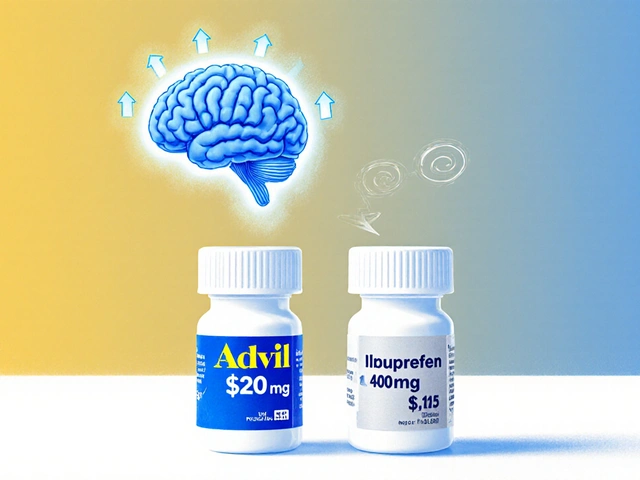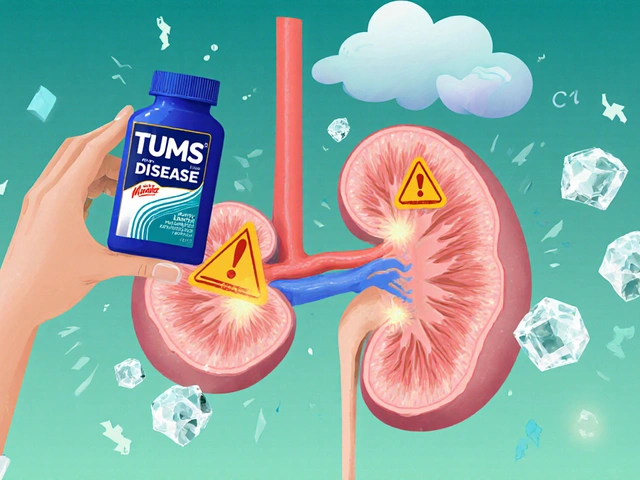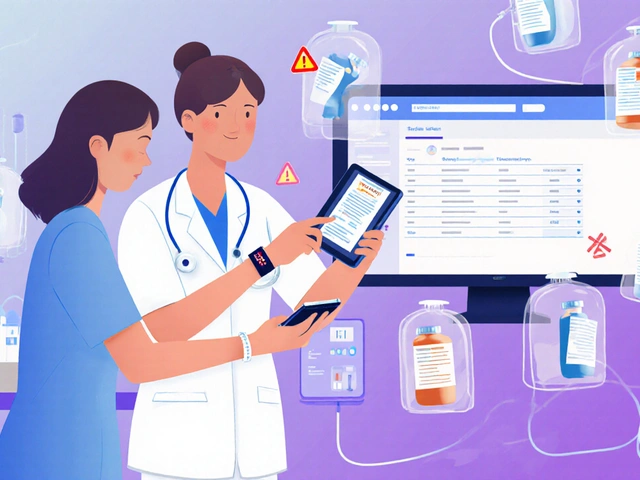Placebo Effect with Generics: Why Psychology Matters More Than Chemistry
November 10 2025Kidney Disease Solutions: Practical Steps You Can Use Today
If you or someone you care about has kidney disease, small daily choices make a big difference. This page gives clear, useful steps you can act on now—how to slow progression, when to see a specialist, smart medication habits, and safe ways to get meds online.
Simple checks and actions that slow kidney damage
Know your numbers: get an eGFR, urine albumin (or ACR), blood pressure, and A1c if you have diabetes. If eGFR is under 60 or albumin is high, ask for a nephrology referral. Track these numbers in a notebook or phone photo so you and your doctor spot trends fast.
Control blood pressure. Aim for targets your doctor gives (often around 130/80 for CKD). ACE inhibitors or ARBs are common first choices because they protect kidneys as well as lower pressure—talk to your doctor before changing anything.
Manage blood sugar. If you have diabetes, keeping A1c in the target range slows kidney decline. Small, steady improvements beat sudden drastic changes.
Avoid kidney stressors: skip regular NSAIDs (ibuprofen, naproxen), use contrast dye cautiously, and watch out for over-the-counter supplements that can raise potassium or harm kidneys.
Diet, meds, travel, and getting prescriptions safely
Diet matters but doesn’t have to be extreme. Cut back on sodium to lower blood pressure and fluid retention. Protein should be moderate—too much can stress kidneys, but too little risks malnutrition; work with your clinic dietitian for targets. If potassium or phosphorus is high, your dietitian will give specific food swaps (for example, choose apples over bananas if potassium is a problem).
Medication doses often change as kidney function drops. Ask your doctor or pharmacist to check every med—prescription, OTC, and supplements—so doses are safe for your kidney level. That includes statins, blood pressure drugs, and blood thinners. If you travel while taking apixaban or other meds, plan mobility, hydration, and compression—simple steps reduce clot risk on long trips.
If dialysis becomes necessary, you’ll see two main choices: hemodialysis (clinic or home) and peritoneal dialysis (at home). Each has trade-offs—time, lifestyle, and infection risk. Talk to a renal team and meet other patients before deciding.
Thinking of buying meds online? Use basic checks: the site asks for a prescription, shows clear contact info and a pharmacy license, and has secure payment. Tools like PharmacyChecker and CIPA listings help verify Canadian sites. Avoid vendors that sell controlled drugs without a prescription or hide where they're located.
Practical extras: keep an up-to-date med list and recent labs in your wallet, get recommended vaccines (flu, pneumococcal, hepatitis B), and carry a card saying you have CKD. Small habits—tracking labs, checking meds with a pharmacist, and eating less salt—add up to real kidney protection.
If anything changes quickly—swelling, very low urine output, sudden shortness of breath, or new severe fatigue—seek care right away. Kidney care is a team effort, and the right steps now help keep you healthier longer.
 22 Mar
22 Mar
Top 10 Alternatives to Furosemide in 2025: Exploring Your Options Now
Explore the top 10 alternatives to Furosemide available in 2025 with this comprehensive guide. Learn about different medications that offer effective solutions for hypertension and fluid retention. Compare the pros and cons of each option to find the best fit for your health needs. Discover the latest advancements in diuretic treatments and make informed decisions for better wellness.
Read More...




